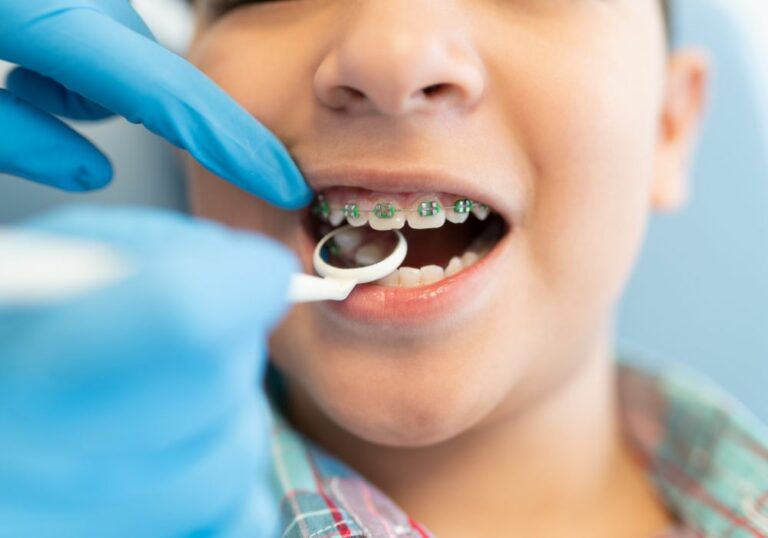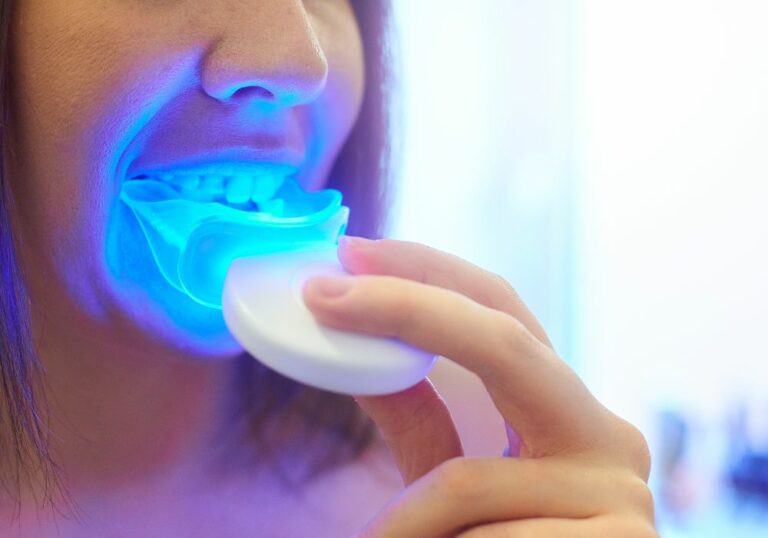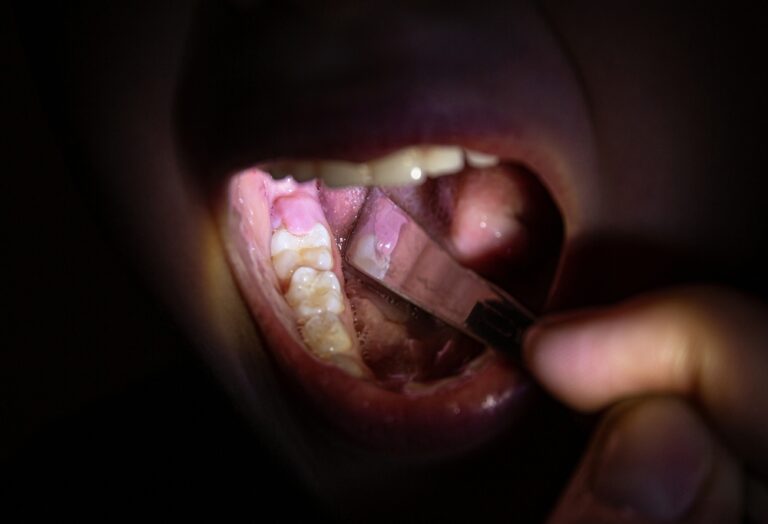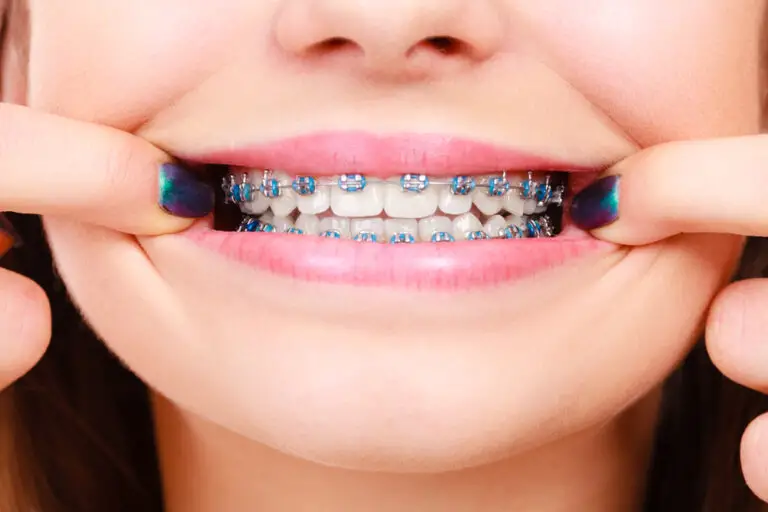When you visit the dentist, one common procedure you may undergo is tooth drilling. A dental drill is a mechanical tool that dentists use to remove decayed enamel and dentine from your teeth. This process is necessary to prevent further decay and to restore the tooth’s function.
Tooth decay or cavities occur when the bacteria in your mouth combine with sugar, which produces acids that break down tooth enamel. If left untreated, the decay can spread and cause more damage to your tooth. Your dentist will use a dental drill to remove the decayed portion of the tooth and fill it with a filling material to restore its function and protect it from further decay.
While the thought of tooth drilling may be intimidating, the procedure is generally painless and can be completed quickly. Your dentist will use local anesthesia to numb the area around the tooth, so you won’t feel any pain during the procedure. In some cases, your dentist may also use sedation to help you relax during the procedure. Overall, tooth drilling is a safe and effective way to restore your teeth and prevent further damage.
Understanding Tooth Anatomy
When you visit the dentist, you may hear them use terms like enamel, dentin, and pulp to describe different parts of your teeth. Understanding the anatomy of your teeth can help you better understand dental procedures, such as drilling. Here are the main components of a tooth:
Enamel
Enamel is the hard, outer layer of your tooth that protects it from damage. It is the hardest substance in your body and is made up of minerals like calcium and phosphate. Enamel does not contain any living cells, so it cannot regenerate once it is damaged. That’s why it’s important to take good care of your teeth to prevent enamel erosion and decay.
Dentin
Dentin is the layer of your tooth that lies beneath the enamel. It is a softer, yellowish substance that contains living cells called odontoblasts. Dentin is not as hard as enamel, but it is still strong enough to provide support for the tooth. When dentin becomes exposed due to enamel erosion or decay, it can cause tooth sensitivity.
Pulp
Pulp is the soft tissue that lies at the center of your tooth. It contains nerves, blood vessels, and connective tissue that help nourish and support the tooth. When the pulp becomes infected or inflamed, it can cause severe tooth pain and sensitivity. In some cases, a root canal procedure may be necessary to remove the infected pulp and save the tooth.
Understanding the different parts of your tooth can help you better understand dental procedures like drilling. By taking good care of your teeth and visiting your dentist regularly, you can help prevent damage to your tooth enamel and keep your teeth healthy and strong.
The Need for Drilling
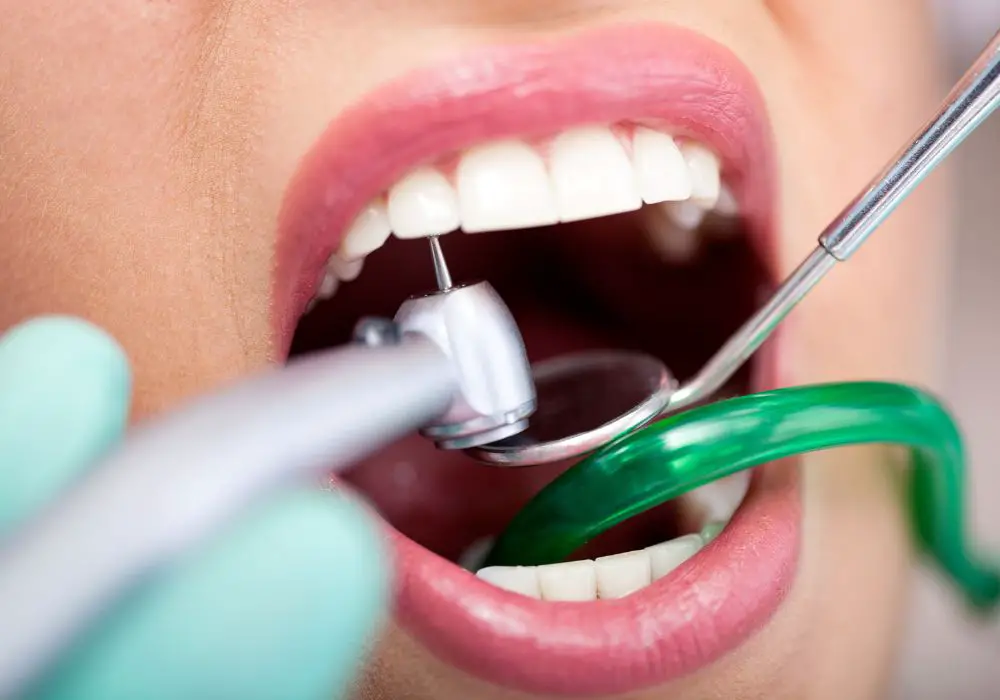
When it comes to dental treatment, drilling is a common procedure that dentists use to remove decayed or damaged parts of a tooth. While many people may dread the sound of the dental drill, it is a necessary tool that can help save your teeth and prevent further damage.
Tooth Decay
One of the most common reasons for tooth drilling is tooth decay. When bacteria in your mouth combine with sugar, it produces acid that can break down the enamel on your teeth. Over time, this can lead to cavities, which are small holes in the tooth. If left untreated, cavities can grow larger and cause more damage to the tooth.
To treat a cavity, your dentist will need to remove the decayed part of the tooth and fill the hole with a filling material. This is where drilling comes in. Your dentist will use a dental drill to remove the decayed part of the tooth and prepare it for the filling.
Fractured Tooth
Another reason for tooth drilling is a fractured tooth. If you have a cracked or broken tooth, your dentist may need to drill the tooth to remove any damaged parts and prepare it for a crown or other restoration.
In some cases, a fractured tooth may be too damaged to save, and your dentist may need to extract the tooth. However, if caught early, tooth drilling can help save the tooth and prevent further damage.
Overall, while drilling may not be the most pleasant experience, it is a necessary part of dental treatment that can help save your teeth and prevent further damage. If you are experiencing tooth pain or suspect you may have a cavity or fractured tooth, it is important to see your dentist as soon as possible to avoid further damage.
The Drilling Process
When you visit the dentist for a cavity or other tooth decay, drilling may be necessary to remove the decayed enamel and dentine. The drilling process is a common dental procedure that can be completed in a single visit. Here is what you can expect during the drilling process.
Anesthesia
Before the drilling process begins, your dentist will administer a local anesthetic to numb the area around the tooth. You may feel a slight pinch when the anesthetic is injected, but there is very little pain during the procedure. Once the area is numb, your dentist will begin the drilling process.
Drilling
The drilling process involves using a dental drill to remove the decayed enamel and dentine. The drill is a mechanical tool that dental professionals use to clean the tooth and prepare it for filling. Your dentist will use a variety of drill bits to remove the decayed material and shape the tooth for the filling.
Cleaning and Sealing
After the drilling process is complete, your dentist will clean the tooth to remove any remaining debris. Once the tooth is clean, your dentist will fill the cavity with a dental filling material. The filling material is used to seal the tooth and prevent further decay.
Overall, the drilling process is a common dental procedure that can help to restore your tooth’s health and prevent further decay. If you are experiencing tooth pain or sensitivity, it is important to visit your dentist to determine if drilling is necessary. With proper care and regular dental checkups, you can maintain healthy teeth and prevent tooth decay.
Post-Drilling Care
After a tooth has been drilled, it is important to take care of the area to ensure proper healing. Here are some tips for post-drilling care:
Pain Management
It is normal to experience some discomfort after a tooth has been drilled. Your dentist may recommend over-the-counter pain relievers such as ibuprofen or acetaminophen to help manage any pain or sensitivity. Be sure to follow the recommended dosage instructions on the label.
If your pain is severe or does not improve after a few days, contact your dentist. They may prescribe a stronger pain medication or recommend additional treatment.
Oral Hygiene
Proper oral hygiene is important after a tooth has been drilled. Be sure to brush and floss regularly to keep the area clean and prevent infection. Your dentist may also recommend using an antimicrobial mouthwash to help kill any bacteria in the area.
It is important to avoid eating or drinking anything that is too hot or cold, as this can cause sensitivity or pain. Stick to soft foods and avoid chewing on the side of your mouth where the drilled tooth is located.
If you experience any swelling or bleeding, contact your dentist immediately. These can be signs of an infection or other complications.
Overall, following these post-drilling care tips can help ensure proper healing and prevent any further complications.
Possible Complications
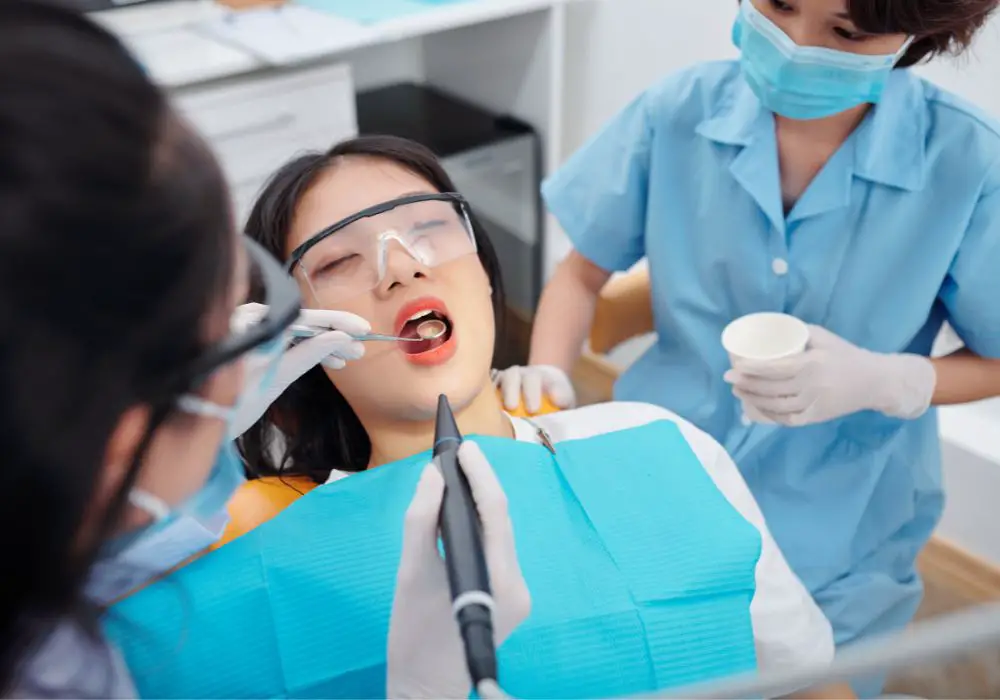
When a tooth is drilled, there are some possible complications that you should be aware of. These complications can occur during or after the procedure. Here are some of the most common complications:
Sensitivity
After a tooth is drilled, it is common to experience sensitivity to hot and cold temperatures. This sensitivity usually goes away on its own within a few days or weeks. However, in some cases, the sensitivity can last for several months or even longer. If you experience sensitivity after a tooth is drilled, you can try using a toothpaste designed for sensitive teeth. You can also avoid eating or drinking anything too hot or too cold until the sensitivity goes away.
Infection
In rare cases, drilling a tooth can lead to an infection. This can happen if bacteria from your mouth get into the drilled area. Signs of an infection include pain, swelling, and pus around the tooth. If you experience any of these symptoms, you should contact your dentist right away. Your dentist may prescribe antibiotics or recommend a root canal to treat the infection.
It is important to note that the risk of complications can be reduced by choosing a qualified and experienced dentist. You should also make sure to follow your dentist’s instructions for caring for your teeth after the procedure. This may include avoiding certain foods or using a special mouthwash. By taking care of your teeth, you can help prevent complications and maintain good oral health.
Frequently Asked Questions
Does tooth drilling hurt without anesthesia?
Tooth drilling can be uncomfortable or even painful without anesthesia. That’s why dentists usually use local anesthesia to numb the tooth and the surrounding area before drilling. However, if you are particularly sensitive to pain, you can discuss with your dentist other options to make the procedure as comfortable as possible.
What is the process of drilling teeth for cavities?
When you have a cavity, the dentist will remove the decayed part of the tooth using a dental drill. Then, the cavity will be cleaned and filled with a dental filling material. The dentist will use different types of dental drills depending on the location and size of the cavity.
How can tooth drilling pain be minimized?
To minimize tooth drilling pain, dentists use local anesthesia to numb the tooth and the surrounding area. You can also discuss with your dentist other options to make the procedure as comfortable as possible, such as sedation or relaxation techniques.
What is the no drill no fill cavity treatment?
The no drill no fill cavity treatment is a new approach to treating cavities that aims to prevent the need for drilling and filling. This treatment involves applying a special gel to the tooth that helps to remineralize the enamel and reverse the early stages of decay. This treatment is not suitable for all types of cavities, and your dentist can advise you on whether it is appropriate for your situation.
What does the sound of dentist drilling teeth indicate?
The sound of a dental drill can be loud and intimidating, but it is a normal part of dental procedures. The sound indicates that the drill is removing the decayed part of the tooth and preparing it for the filling. However, if you are particularly sensitive to the sound, you can discuss with your dentist options to reduce the noise, such as using a rubber dam or noise-cancelling headphones.
How are teeth drilled for veneers?
When preparing a tooth for a veneer, the dentist will remove a thin layer of enamel from the front of the tooth using a dental drill. This is done to create space for the veneer and to ensure that it will fit properly. The amount of drilling required depends on the thickness of the veneer and the condition of the tooth. Your dentist will discuss the process with you before starting the procedure.

